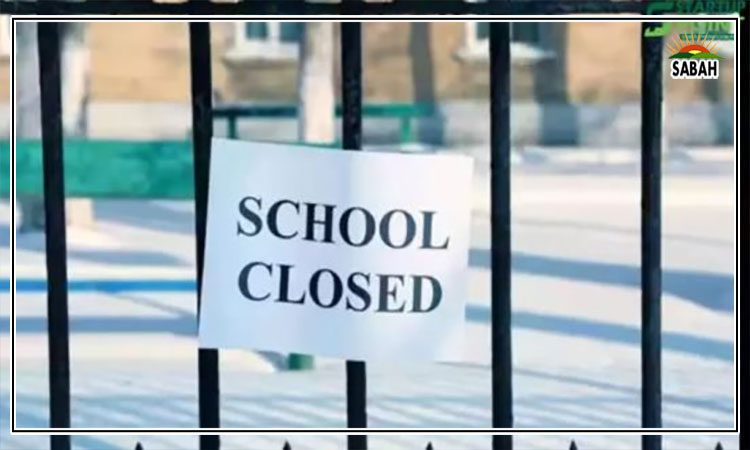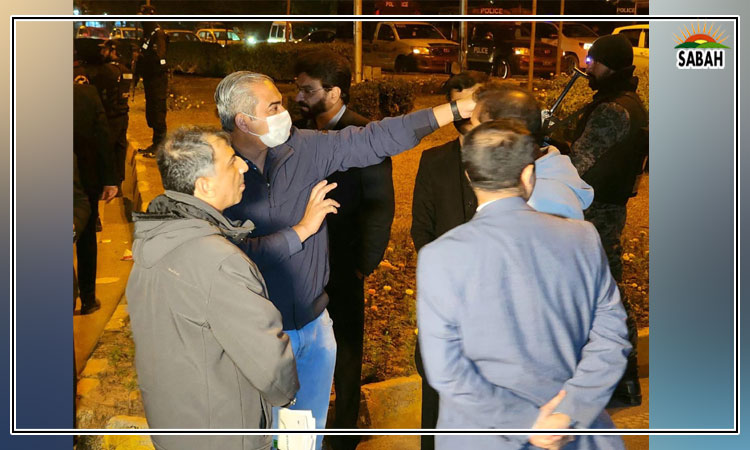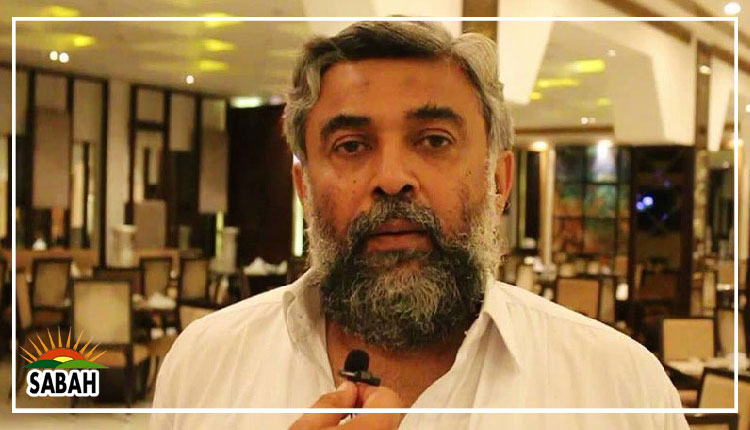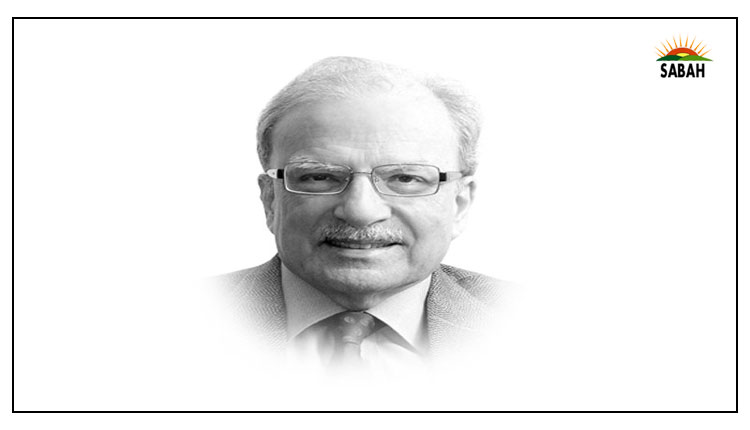The Taliban celebrate three years in office…Shahid Javed Burki
Americans withdrew their forces from Kabul on August 15, 2021 and six days later they left the large Bagram Airbase. The Americans had been in the country for twenty years, having gone there to punish the Taliban regime that was then in power. The Afghan government operated under the leadership of Mullha Omar who lived in Kandahar rather than in Kabul. He had given space in the country’s south to Osama Bin Laden, OBL, who trained his followers to hit the American interests around the globe. The aim of OBL was to get the United States to leave South Asia and the Middle East, the regions where the Taliban and their version of Islam could gain ground. On September 11, 2001, OBL-trained people hijacked four aeroplanes in the United States and hit the iconic twin trade towers in lower Manhattan and the Pentagon building near Washington, the headquarters of the US armed forces. The towers were destroyed. President George W Bush promised to take revenge. The United States sent in its troops into Afghanistan in December 2001.
The decades-long American effort in Afghanistan did not destroy the Taliban; in fact, if anything, it strengthened the Taliban in the country. As was the case with some other wars the Americans had fought and not won, they decided to end their involvement and withdraw their troops. This was not a well-planned withdrawal. Why the pullout was hasty and disorderly is something that is still being analysed three years after it happened.
On August15, 2021, President Ashraf Ghani fled from Kabul and headed to Dubai as the Taliban moved into the presidential palace he had occupied for several years. A few years earlier I had spent an evening with him at the large presidential palace in a fenced compound that houses three palaces, all built by previous rulers of the country. As I have recounted elsewhere, it was a difficult meeting as he blamed Pakistan for most of the problems his country faced. Troubled by the meeting, I couldn’t sleep and decided to spend the night recording the details of my conversation. The note I wrote was given by me to General Rizwan Akhtar who then headed the Inter Service Intelligence, the ISI, and Prime Minister Nawaz Sharif. Both flew to Kabul a day after my meeting with Ghani who then called me in Washington to express his surprise as well as pleasure that my conversation with him had produced a positive response from the leadership in Pakistan.
Afghanistan’s view of Pakistan has not changed as political and military power has passed from the regime the Americans had supported to the Taliban who had fought against Washington for two decades. The Washington Post carried an analysis of the celebration that marked the third anniversary of the Taliban takeover by the country.
The newspaper story about the celebrations in August 2024 said that Afghanistan “remains deeply divided over fundamental questions of what principles it should be governed by, and what ideals it should hold. The only point of consensus seems to be that three years into the Talban rule – with its extreme version of Sharia law – it is here to stay. Among the Talibans who have come out in the streets to celebrate, there has been a palpable itch for a return to jihad and martyrdom – the only way to live an honorable life, many say, and a guiding belief instilled in them since they were children in Taliban-run madrassas.”
There is an unfinished business for the Americans – to take care of the large number of Afghans who were involved with the Americans during the latter’s involvement. After Washington decided to pull out of Afghanistan, the United States-led evacuation mission in Kabul airlifted 124,000 people to safety from a single runway in 17 days. However, the airlift was marked by scenes of desperation and tragedy. Tens of thousands of people eligible for relocation were left behind.
Thousands who were potentially eligible for hard-to-get US visas are spread across the globe, often settling temporarily wherever they could get approval. The Biden administration launched what it called Operation Enduring Freedom. Under the programme, the US government resettled more than 160,000 Afghans in the United States. Those who came in included the men who directly supported the American government and their spouses and children. They reached the United States through several different pathways, including Qatar and Albania. Three years after the American exodus, Washington announced an expanded programme that included new stopovers for the people who were to be processed for entry into the United States.
About the time the Taliban were celebrating the third anniversary of the takeover of the government, Washington announced that it had reached an agreement with the Philippines to add a new pathway for the Afghans who had assisted the Americans. US officials assured their counterparts in Manila that the processing would be done swiftly and securely. The Afghans have provided “faithful, invaluable service” to the US government in Afghanistan, the US officials said. They have gone through pre-travel security checks and medical screening at consulates and embassies around the world, they said. “This does show how deep the trust and partnership is at the moment, extending beyond just military components of the alliance to a willingness to cooperate politically, economically, and diplomatically,” said Gregory Poling, director of the Asia Maritime Transparency Institute at the Washington-based Center for Strategic and International Studies. He was referring to the deepening of the Washington-Manila relationship.
The Afghan population in the United States was small until large numbers were admitted as refugees, fleeing the invasion in 1979 of their country by what was then the Soviet Union. The Soviet invasion displaced an estimated five million Afghans, with large number moving across the border to Pakistan and Iran. From there thousands made their way to the Gulf States, Europe, North America and Australasia. Even before the fall of Kabul and the arrival of the Taliban government in Afghanistan in August 2021, the US Afghan immigrant population more than doubled between 2010 and 2019, increasing from 54,000 to 132,000. Afghan Americans reside and work all across the United States. The states of California, New York and Virginia account for the largest number of Afghans in the United States. The United States Census Bureau estimated the number of Afghan residents in the country in 2024 at 300,000. Most of those who have come to the United States are well-educated and trained and have caused serious brain drain.
Courtesy The Express Tribune












